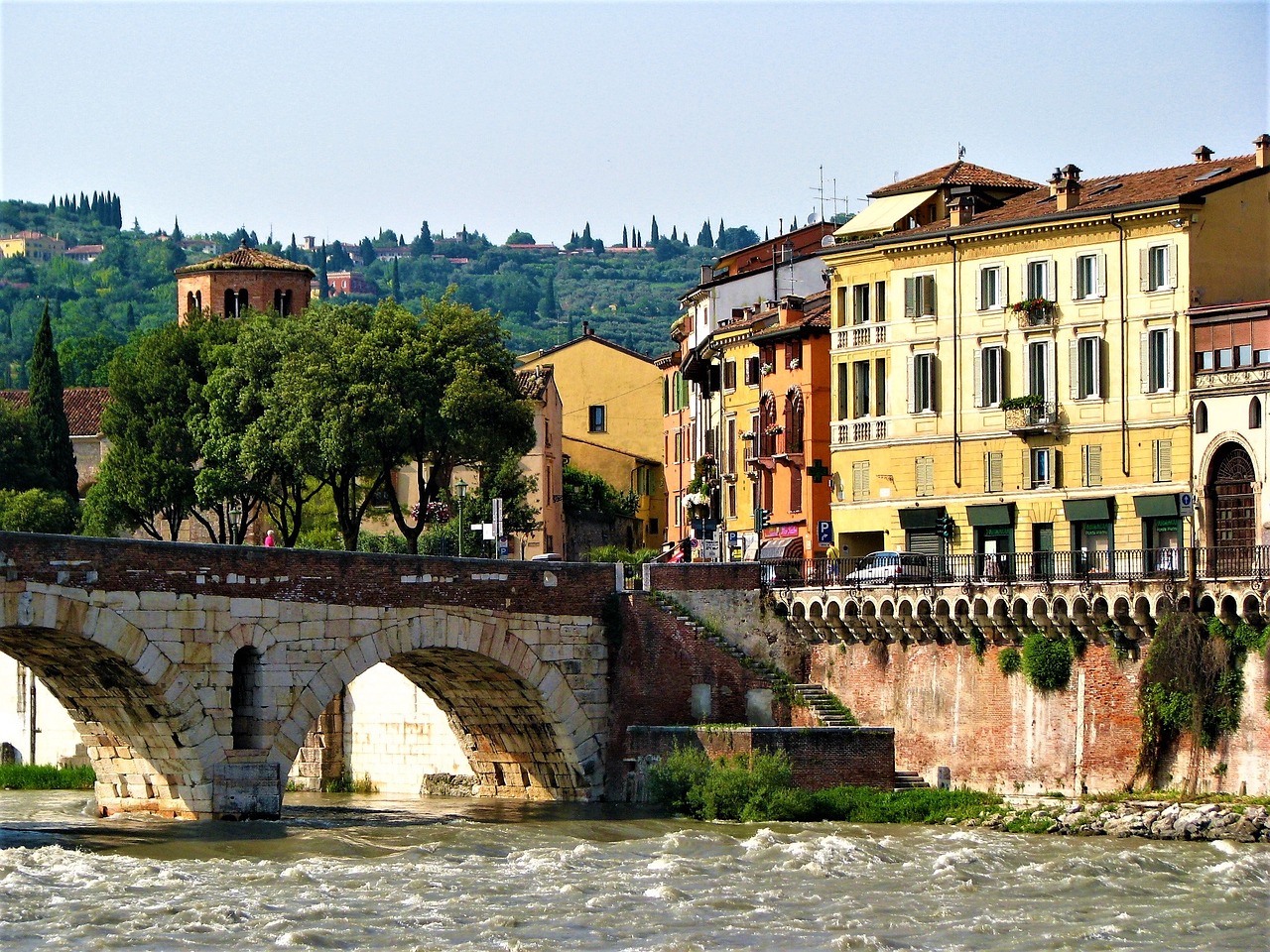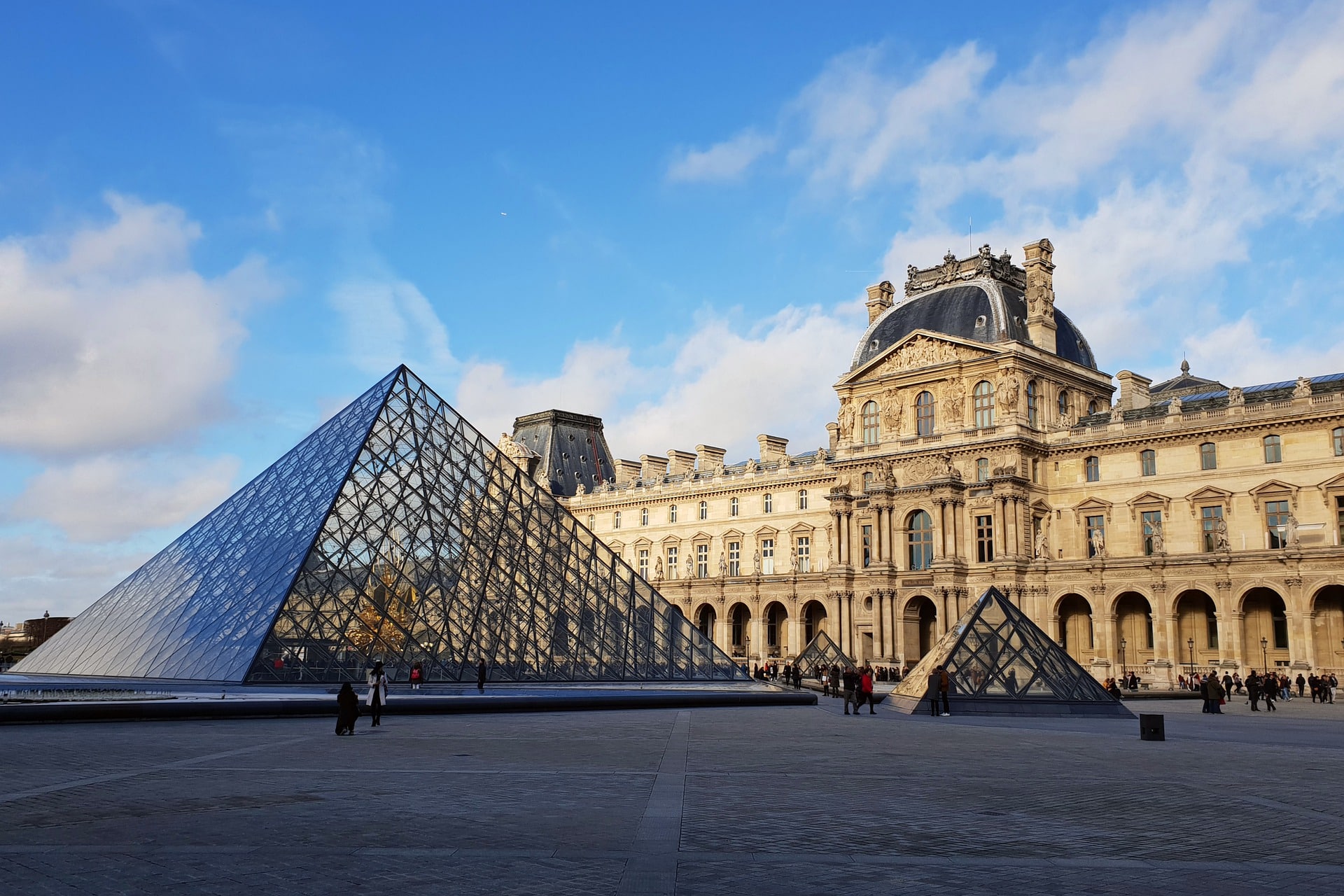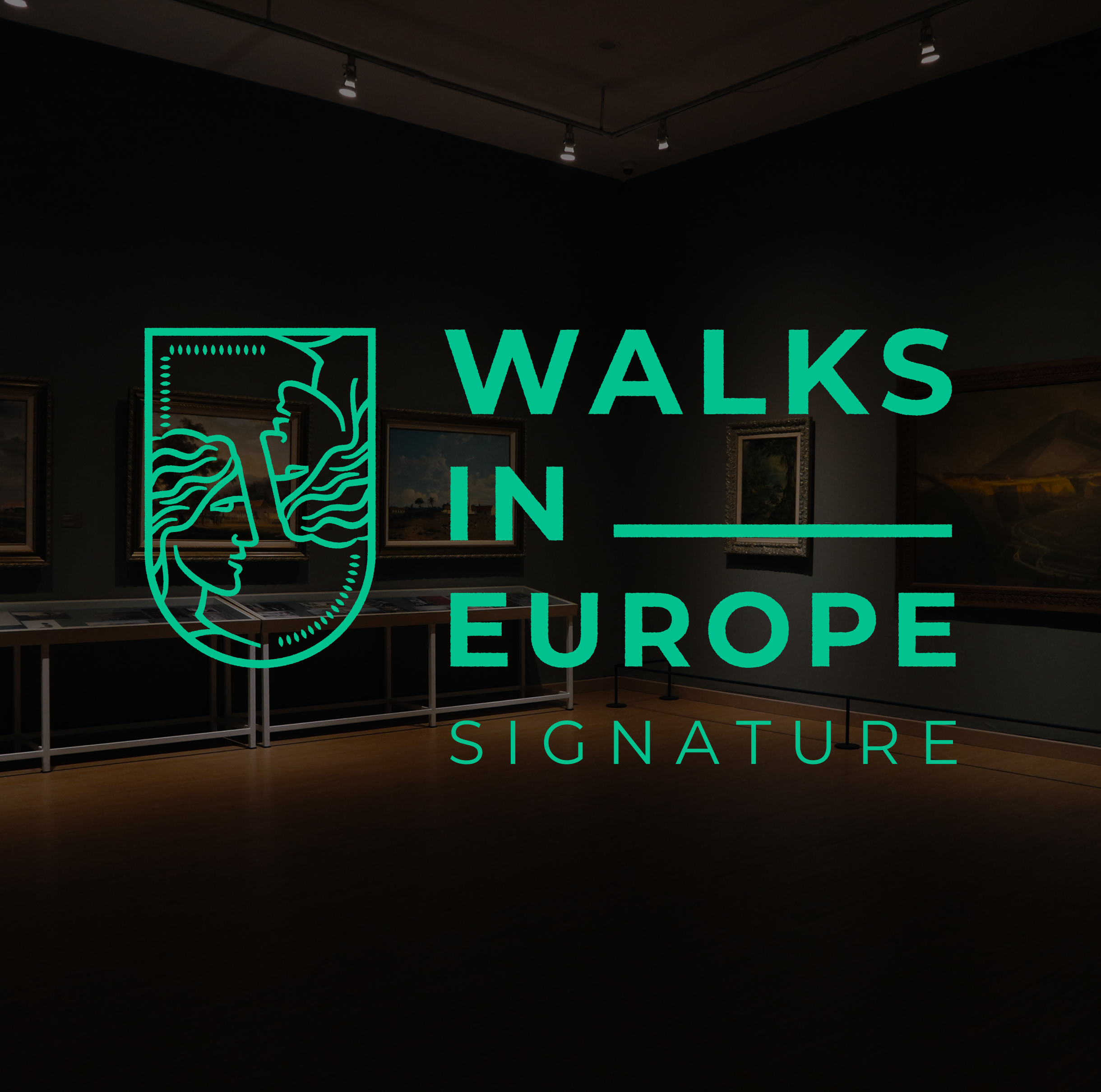Welcome to Verona — a city where ancient walls, creamy gelato, and Shakespeare’s star-crossed lovers all collide into one unforgettable stroll. If you’re planning a trip (or just day-dreaming of one), here’s your friendly low-down: the history, the hidden gems, the practical tips. Let’s wander.
What makes Verona special?
Verona didn’t just wake up famous. It began as a settlement between the 4th and 3rd centuries BCE, evolved into a Roman colony in the 1st century BCE, and over the millennia layered medieval castles, Renaissance palaces, and Venetian-Austrian touches on top of its Roman grid.
Because of that rich layering, the heart of Verona feels like a time-hop: cobbled lanes, ancient arches, and charming cafés — all in one walkable city. The historic centre is now a UNESCO World Heritage site, celebrated for preserving its Roman, medieval, and Renaissance structures.
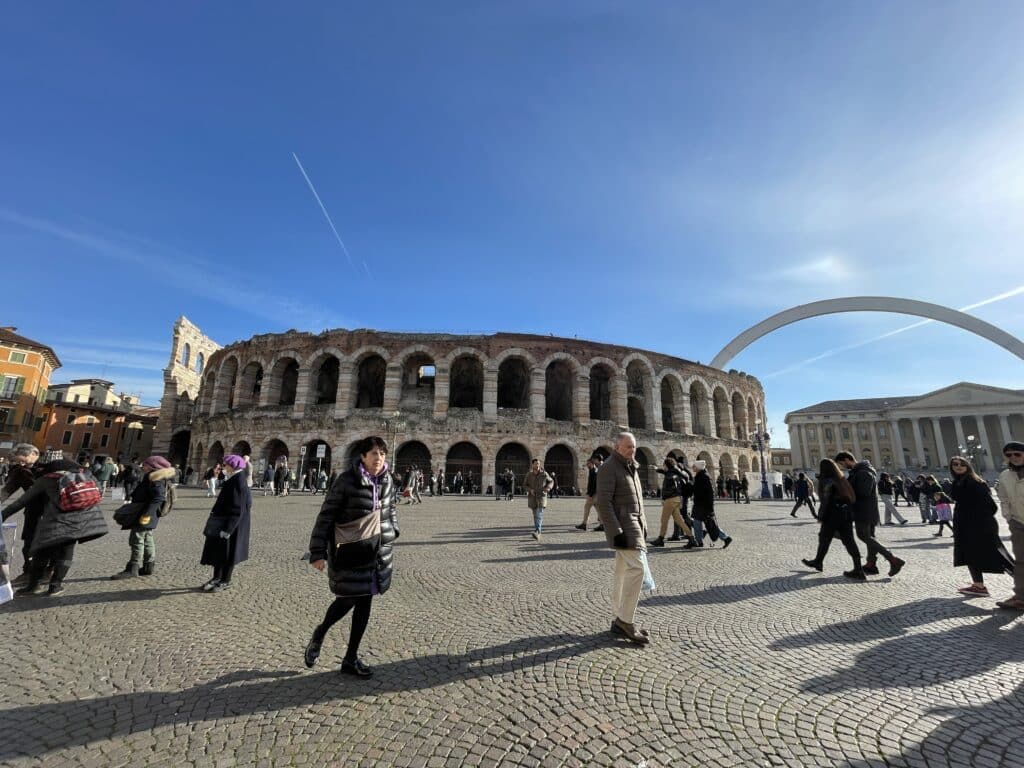
How did Verona become “Romeo & Juliet’s city”?
Most people know Verona thanks to Shakespeare’s Romeo and Juliet. And yes, the city fully embraces that connection. But truth be told, the famous “House of Juliet” and its balcony were likely modified for tourism centuries later. That doesn’t make the experience less magical — you can still step through the courtyard, touch Juliet’s bronze statue for luck, and imagine the whispered conversations that inspired the play.
Verona’s charm goes far beyond romance. It’s a city that wears its history proudly, balancing myth and reality with effortless style.
What should you see first?
The Roman legacy:
Start with the Arena di Verona — a 1st-century amphitheatre still hosting concerts and operas today. Standing in its stone corridors feels like slipping through time. From there, walk to the Roman gateways like Porta Borsari or cross the ancient Ponte Pietra bridge, which still carries locals and tourists over the Adige River.
Medieval and Renaissance gems:
Wander toward Castelvecchio, the fortress-museum built in the 14th century by the Scaligeri family. Its red-brick bridge over the river offers one of the best sunset views in the city. Then head to Piazza delle Erbe, once the Roman forum and now a lively square surrounded by palaces, frescoes, and open-air cafés. Don’t miss the nearby Scaliger Tombs, gothic monuments dedicated to Verona’s medieval rulers.
Hidden corners and local life:
When you’ve seen the big names, go exploring. Visit Giardino Giusti, a peaceful Renaissance garden where cypress trees frame panoramic views of the city. Stop at the Basilica di San Zeno Maggiore — a masterpiece of Romanesque architecture often overlooked by crowds. Then lose yourself in the quiet side streets, where you’ll find local trattorias serving homemade pastas and wines from nearby Valpolicella.
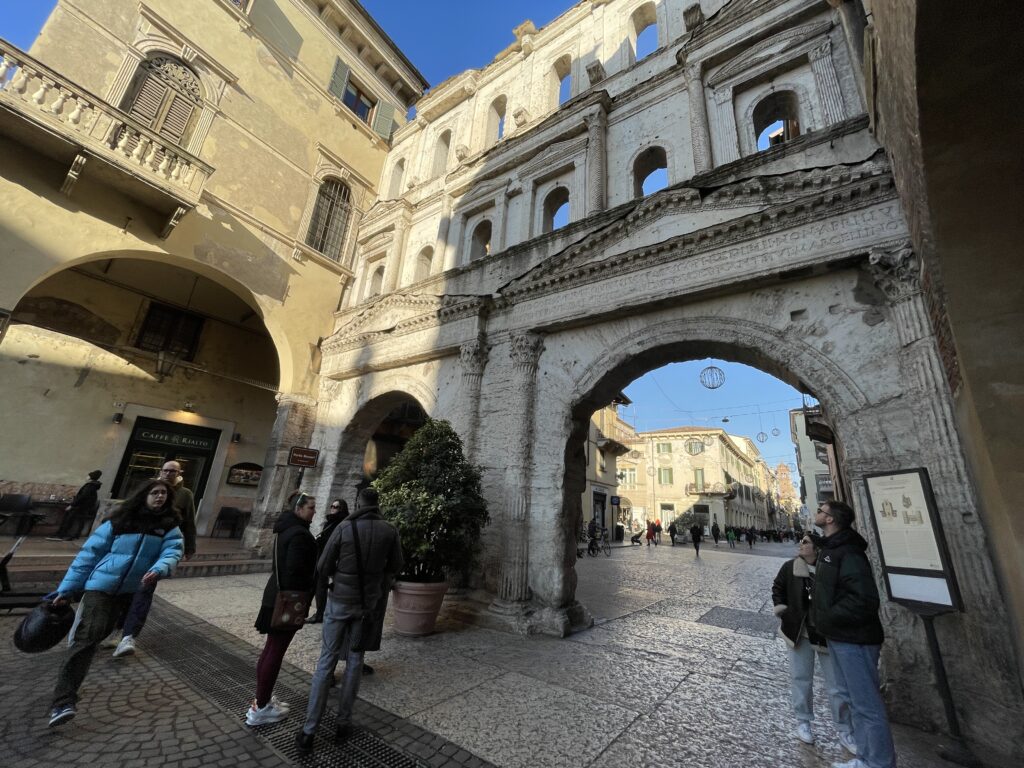
Typical traveler questions answered
What’s the best way to spend one day in Verona?
Start early at the Arena to beat the crowds, then stroll to Piazza delle Erbe for coffee and people-watching. After lunch, climb or take the funicular up to Piazzale Castel San Pietro for breathtaking views. As the sun sets, enjoy an aperitivo by the river — it’s Verona’s version of slowing down time.
Is Verona just for lovers?
Not at all. The Romeo & Juliet connection gives it a romantic flair, but Verona’s appeal is universal. History lovers, architecture buffs, and food enthusiasts all find something here — from Roman ruins and medieval towers to bustling markets and wine bars.
When should I go?
Spring and early autumn bring pleasant weather and fewer crowds. Summer offers the full opera season in the Arena, but expect heat and higher prices. Winter is quieter and atmospheric — Verona under soft lights feels almost like a living snow globe.
What should I eat and drink?
Try a plate of risotto all’Amarone — a rich local specialty made with the area’s signature wine. Duck ragù pasta, polenta dishes, and regional cheeses all pair beautifully with Valpolicella or Soave wines. For something casual, grab cicchetti (Venetian-style tapas) in a lively bacaro bar.
How long should I stay?
You can see the highlights in one day, but spending two or three nights allows you to soak in Verona’s rhythm — and maybe plan a day trip to Lake Garda or the vineyards just outside the city.
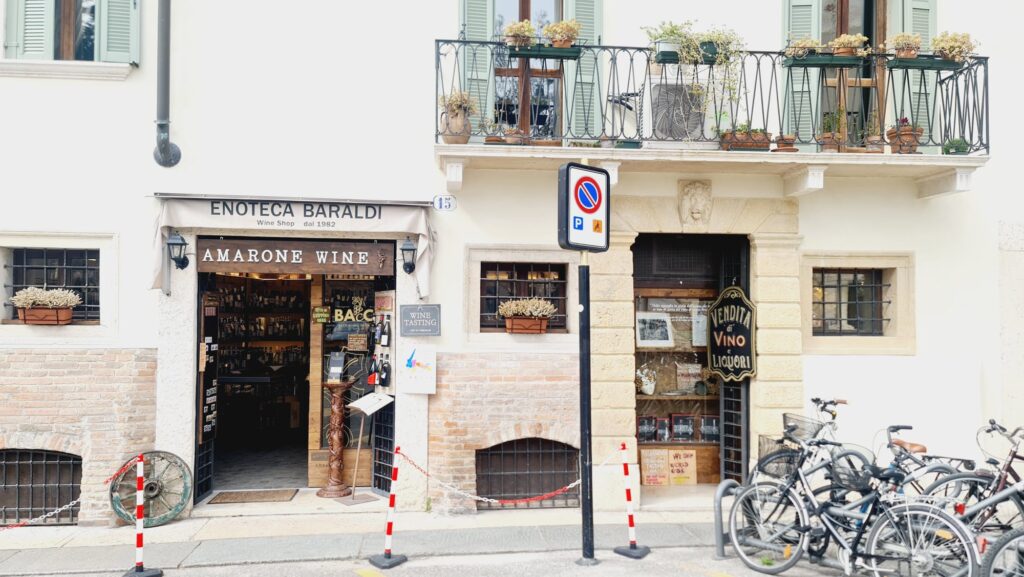
Practical tips for visitors
Book tickets for the Arena or Juliet’s House in advance if you’re visiting in summer. Wear comfortable shoes — the old stone streets can be uneven. Morning and late afternoon are the best times for photos, especially around the bridges. Markets in Piazza delle Erbe add colour and noise to the city; just keep an eye on your bag and your gelato.
If you step a few blocks away from the main tourist lanes, prices drop and smiles grow wider. Locals love chatting, especially over coffee, so don’t hesitate to strike up a conversation.
Final thoughts
Verona isn’t just the stage for Shakespeare’s famous love story — it’s a living, breathing city where history feels close enough to touch. Roman stones sit beside Venetian arches, and centuries of art and ambition blend effortlessly with the rhythm of daily life. You feel it under your feet, in the echo of church bells, in the laughter spilling from cafés along the river.
Come for the romance if you like, but stay for everything else — the stories in the streets, the warmth of its people, and the quiet magic that sneaks up on you when you least expect it. Verona doesn’t just welcome you; it charms you, one smile (and one glass of wine) at a time.

